E-commerce Growth
The growth of e-commerce is significantly impacting the Knitted Fabric Market, as more consumers turn to online platforms for their fabric purchases. This shift is driven by the convenience and accessibility that e-commerce offers, allowing consumers to explore a wider range of products from the comfort of their homes. The online fabric market is expected to grow at a compound annual growth rate of around 10% over the next few years, indicating a robust trend towards digital shopping. As a result, manufacturers and retailers are increasingly investing in their online presence, enhancing user experience through improved website design and customer service. This transition not only broadens market reach but also allows for better inventory management and data analytics, enabling companies to respond more effectively to consumer demands. Consequently, the Knitted Fabric Market is likely to see a transformation in how products are marketed and sold, driven by the rise of e-commerce.
Rise of Athleisure
The rise of athleisure is significantly influencing the Knitted Fabric Market, as consumers increasingly seek versatile clothing that can transition from workout to casual wear. This trend has led to a surge in demand for knitted fabrics that offer comfort, stretch, and breathability, making them ideal for active lifestyles. The athleisure market is projected to reach a valuation of over 400 billion dollars by 2026, indicating a robust growth trajectory. As a result, manufacturers are focusing on developing innovative knitted fabrics that cater to this demand, incorporating features such as moisture management and enhanced elasticity. This shift not only reflects changing consumer preferences but also presents opportunities for brands to differentiate themselves through unique fabric offerings. Consequently, the Knitted Fabric Market is likely to experience a sustained increase in demand driven by the ongoing popularity of athleisure.
Sustainability Initiatives
The increasing emphasis on sustainability within the Knitted Fabric Market is driving demand for eco-friendly materials. Consumers are becoming more conscious of their environmental impact, leading to a preference for fabrics made from organic or recycled fibers. This shift is reflected in the market, where the demand for sustainable knitted fabrics is projected to grow at a compound annual growth rate of approximately 8% over the next five years. Manufacturers are responding by adopting sustainable practices, such as reducing water usage and minimizing waste during production. This trend not only aligns with consumer values but also enhances brand loyalty, as companies that prioritize sustainability are often viewed more favorably. As a result, the Knitted Fabric Market is likely to see a significant transformation, with sustainability becoming a core component of product development and marketing strategies.
Technological Advancements
Technological advancements are playing a pivotal role in shaping the Knitted Fabric Market. Innovations in knitting technology, such as seamless knitting and 3D knitting, are enhancing the efficiency and quality of fabric production. These technologies allow for greater design flexibility and the ability to create complex patterns and textures that were previously unattainable. Furthermore, advancements in textile engineering are leading to the development of high-performance knitted fabrics that offer superior durability, moisture-wicking properties, and breathability. The integration of smart textiles, which incorporate electronic components into knitted fabrics, is also gaining traction. This evolution in technology is expected to propel the market forward, with a projected increase in the adoption of advanced knitting techniques contributing to a more dynamic and competitive landscape within the Knitted Fabric Market.
Customization and Personalization
Customization and personalization are emerging as key drivers in the Knitted Fabric Market, as consumers increasingly seek unique and tailored products. The demand for personalized knitted fabrics is growing, with consumers desiring fabrics that reflect their individual style and preferences. This trend is particularly evident in the fashion and home textiles sectors, where bespoke knitted items are gaining popularity. Advances in digital printing and knitting technology are enabling manufacturers to offer customized solutions at scale, allowing for greater design freedom and faster turnaround times. This shift towards personalization not only enhances consumer satisfaction but also fosters brand loyalty, as customers are more likely to engage with brands that offer tailored products. As a result, the Knitted Fabric Market is poised to benefit from this trend, with customization becoming a vital aspect of product development and marketing strategies.


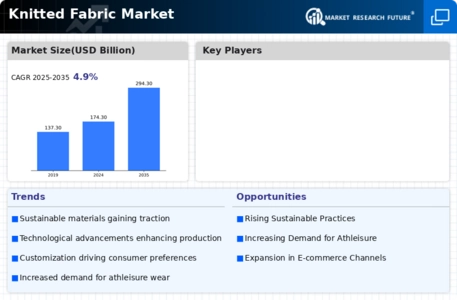
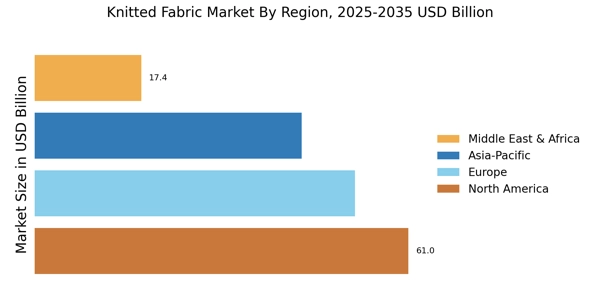
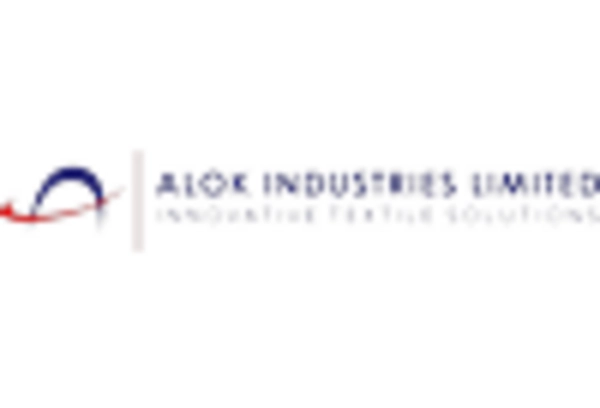
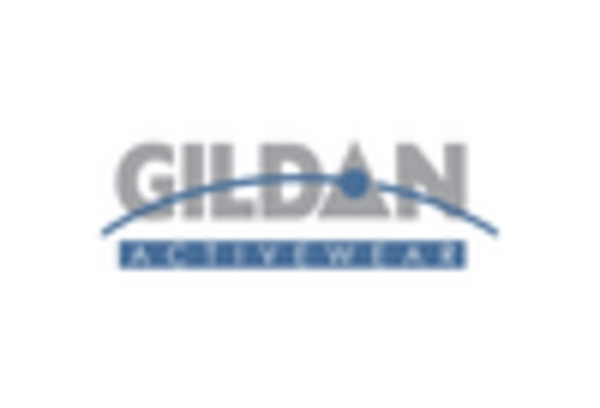


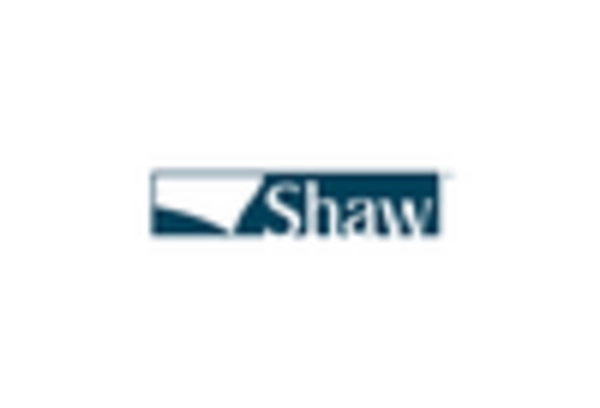









Leave a Comment